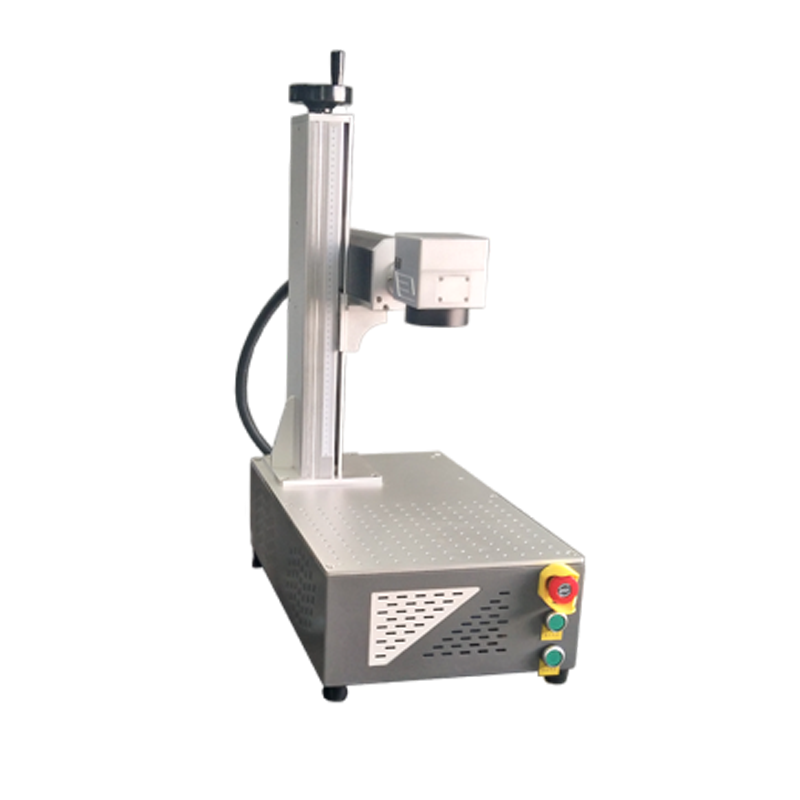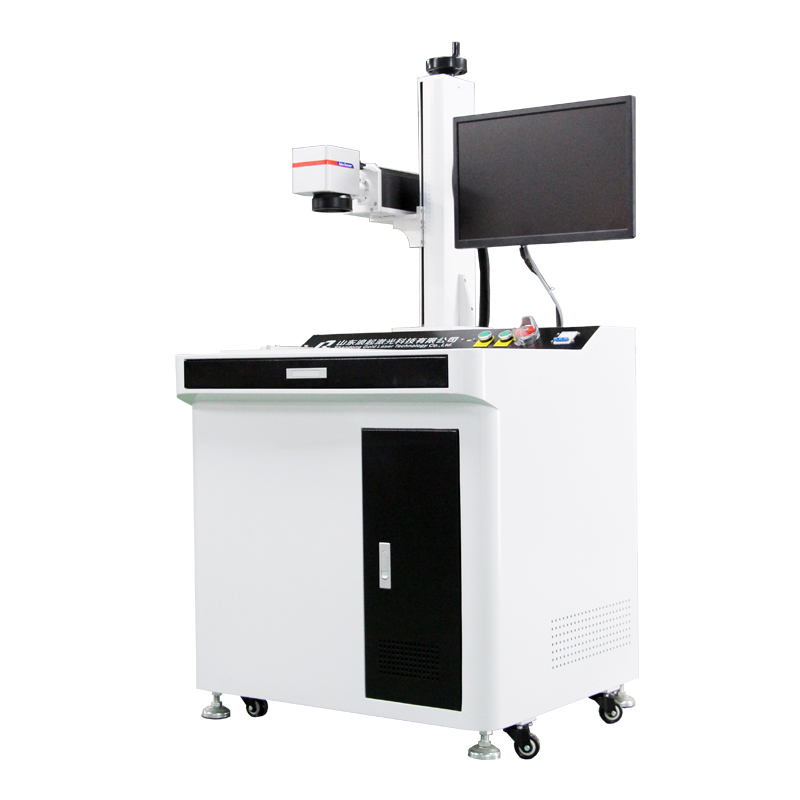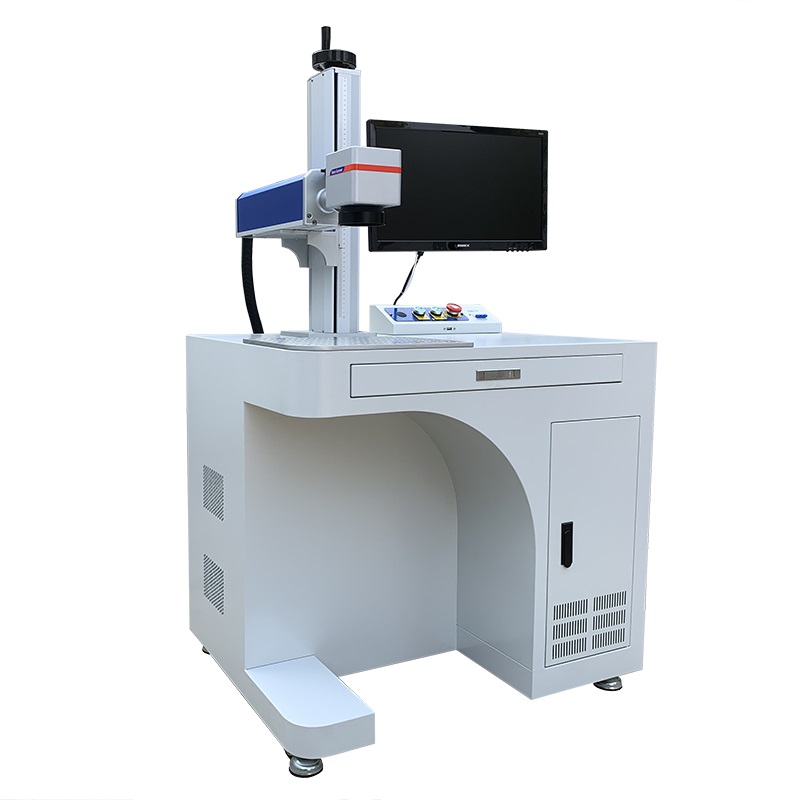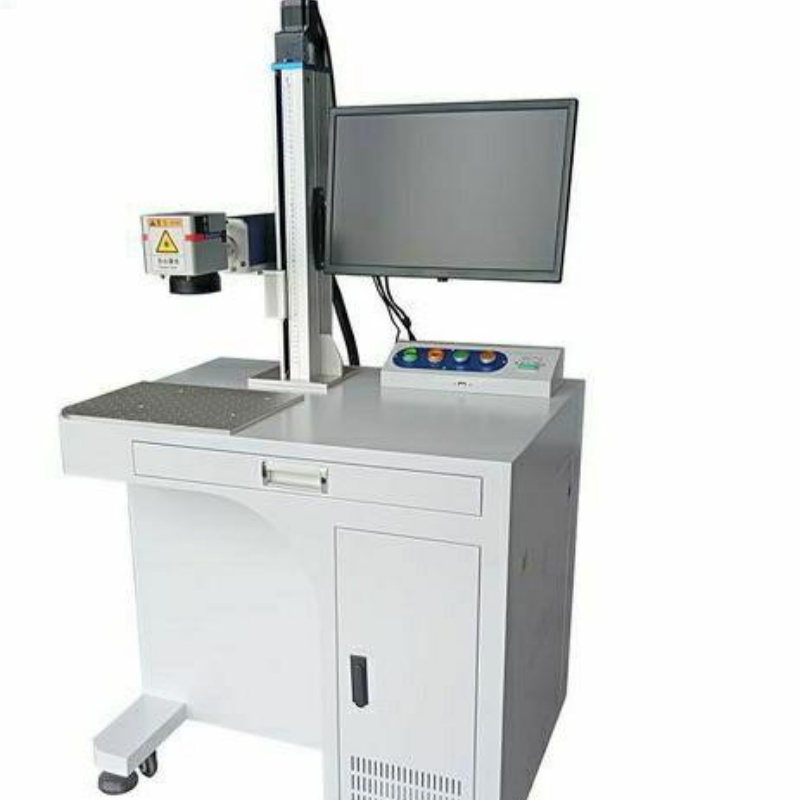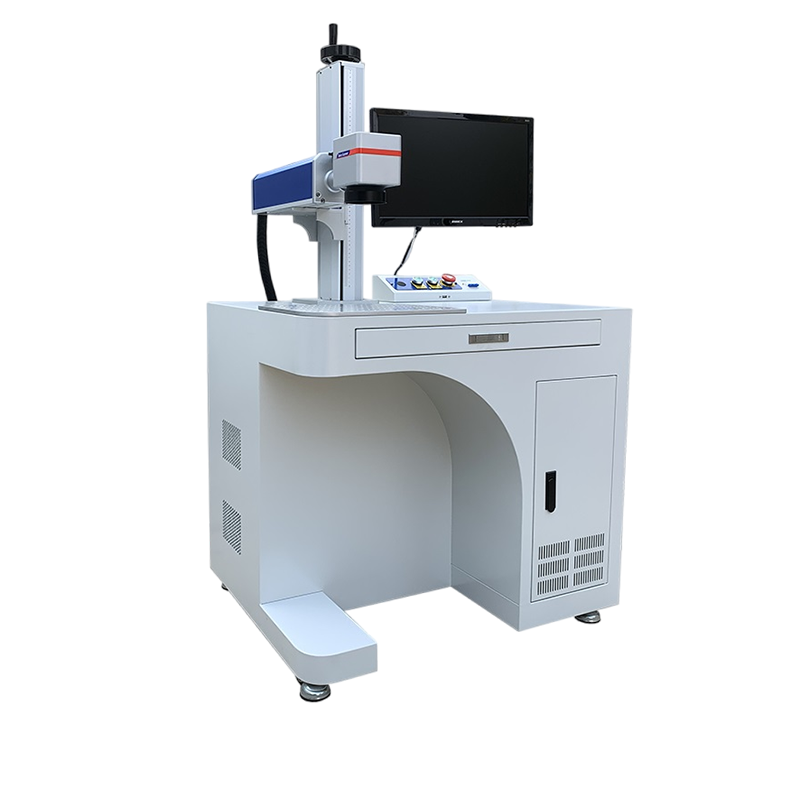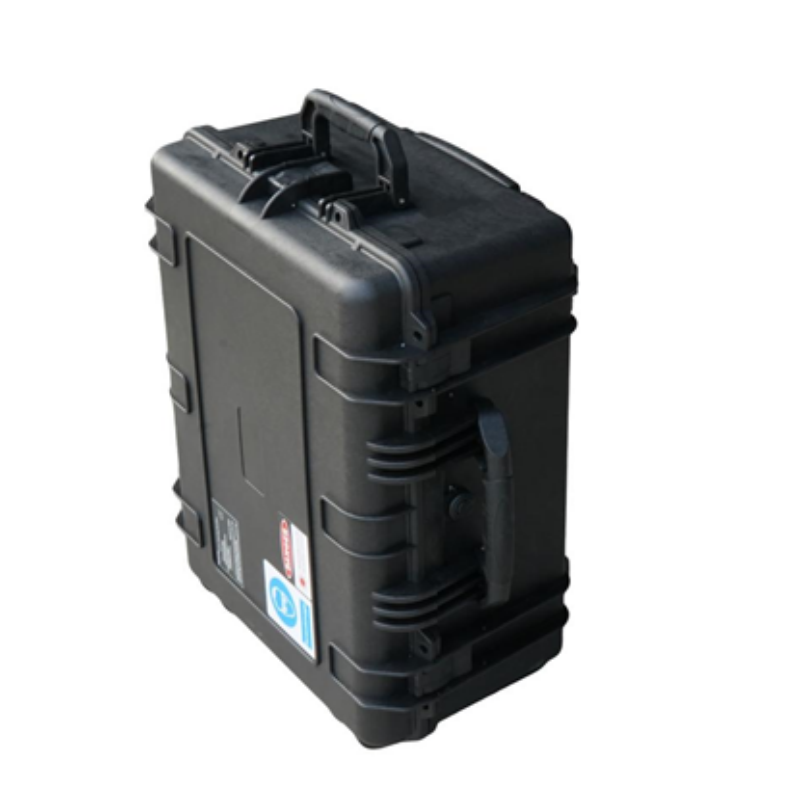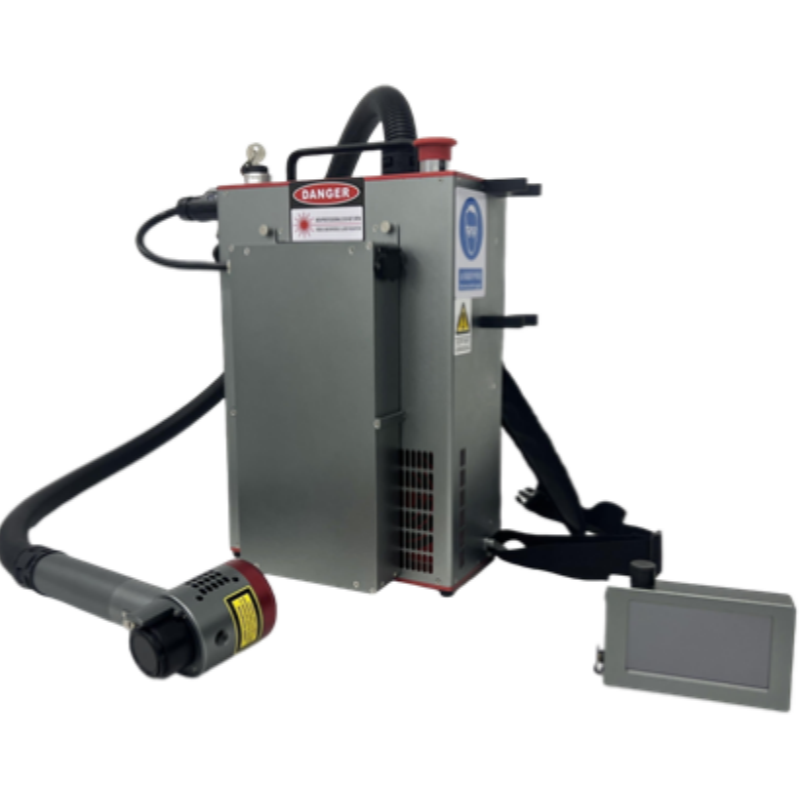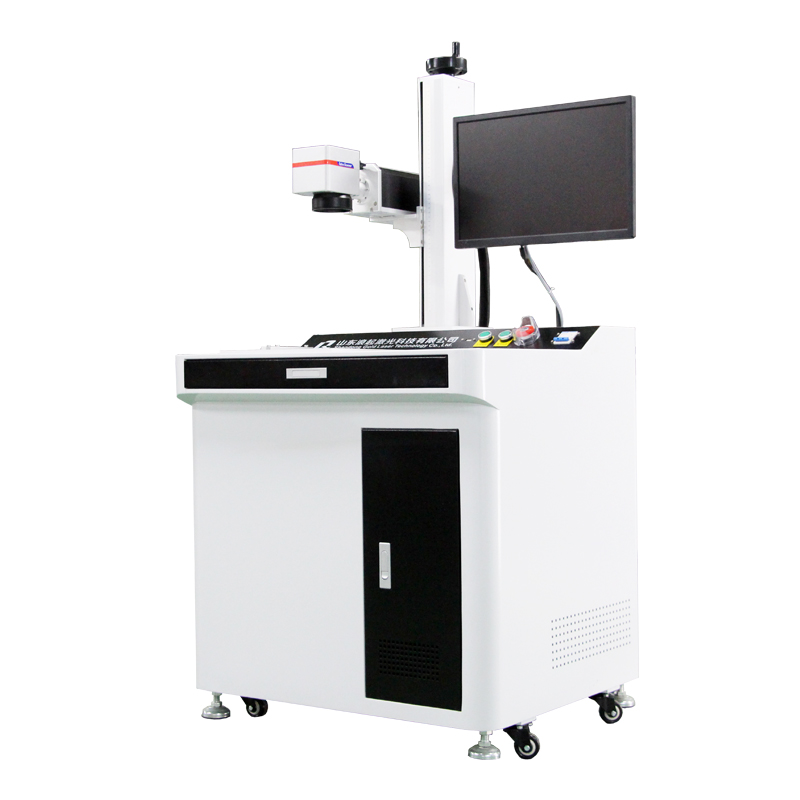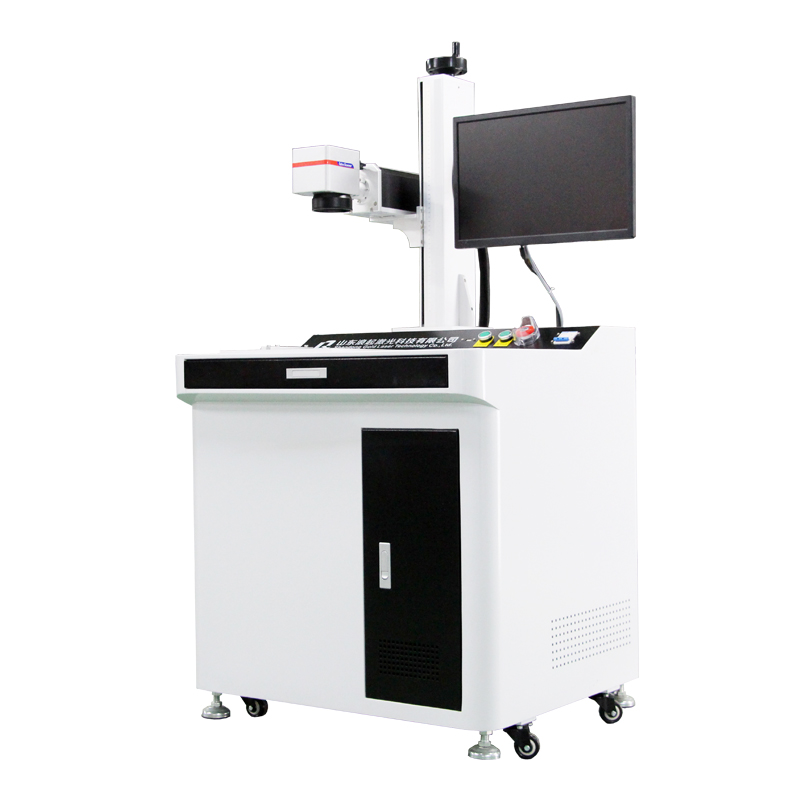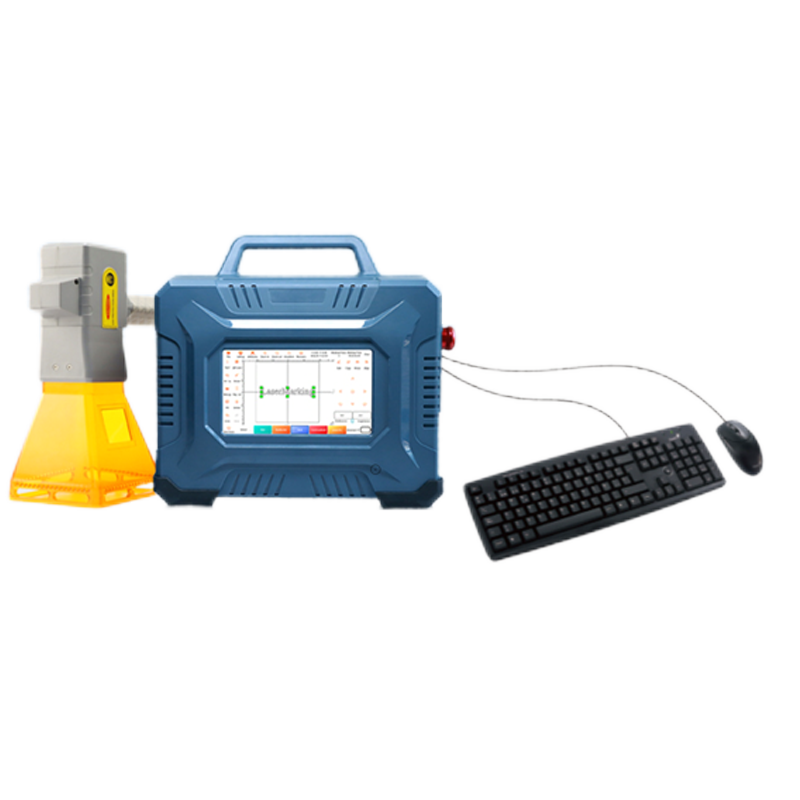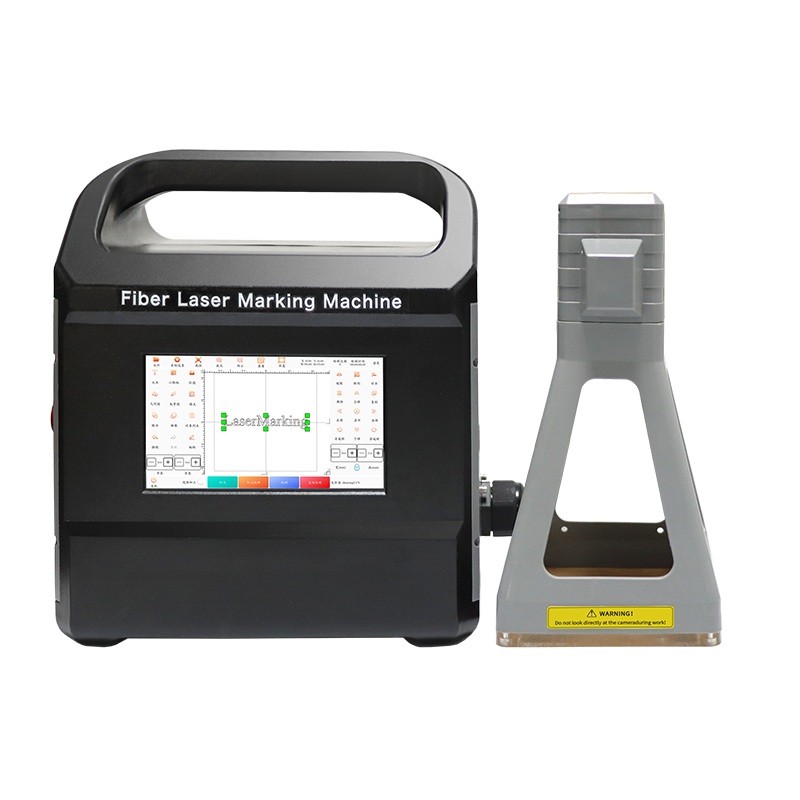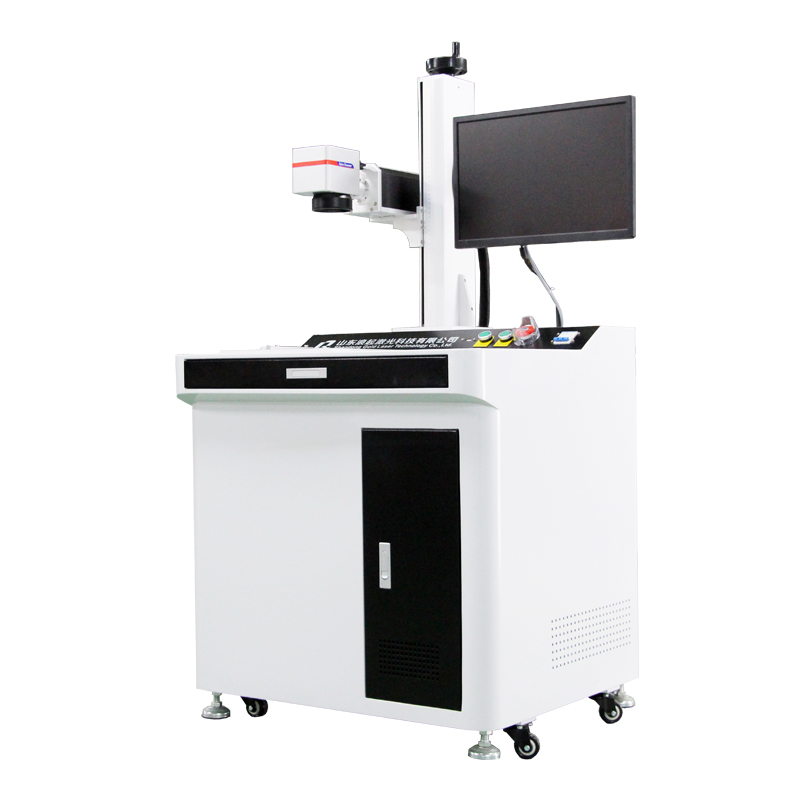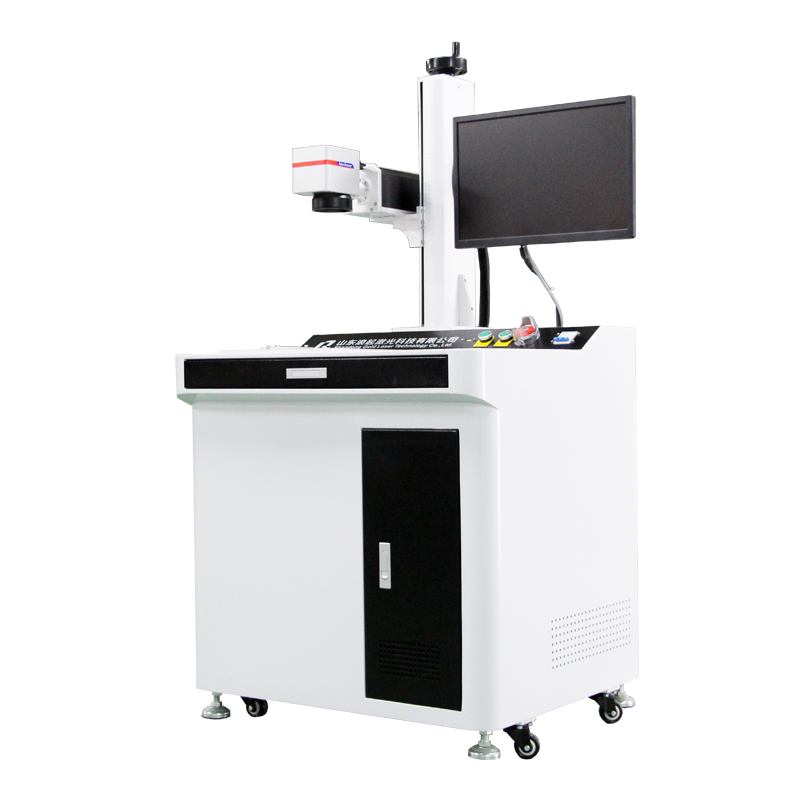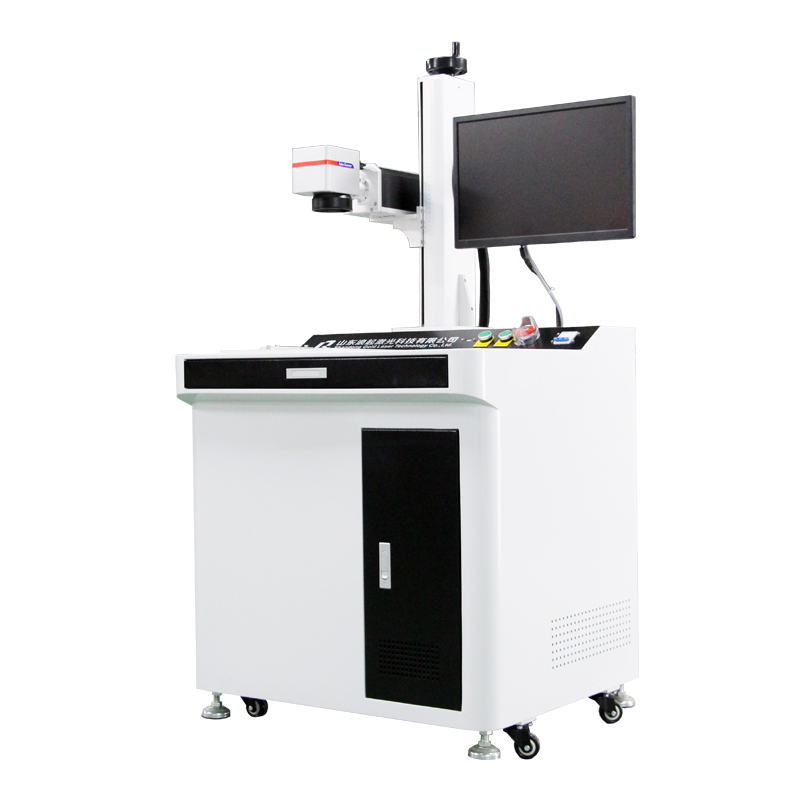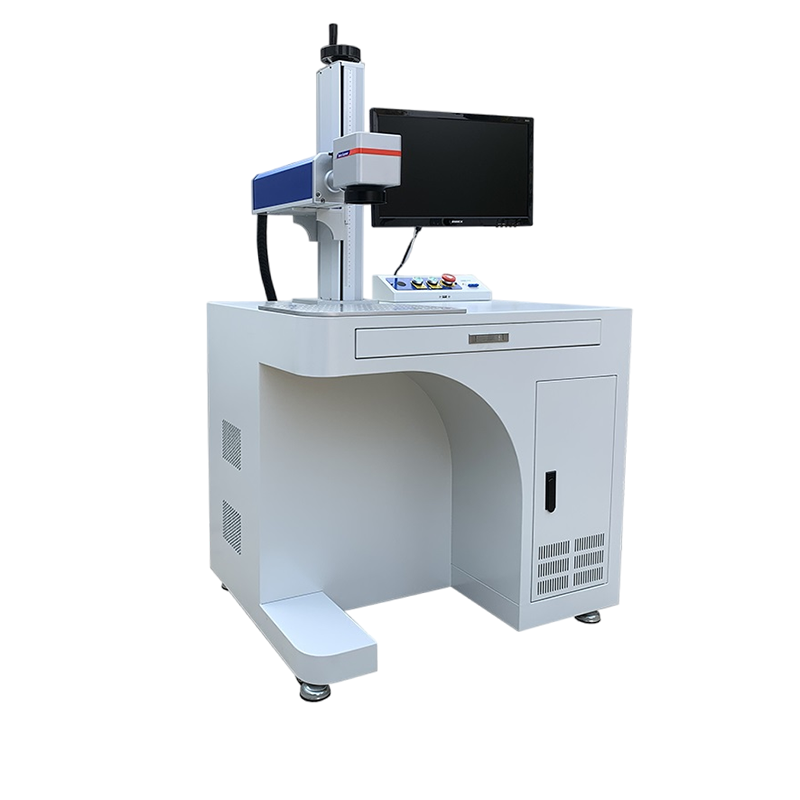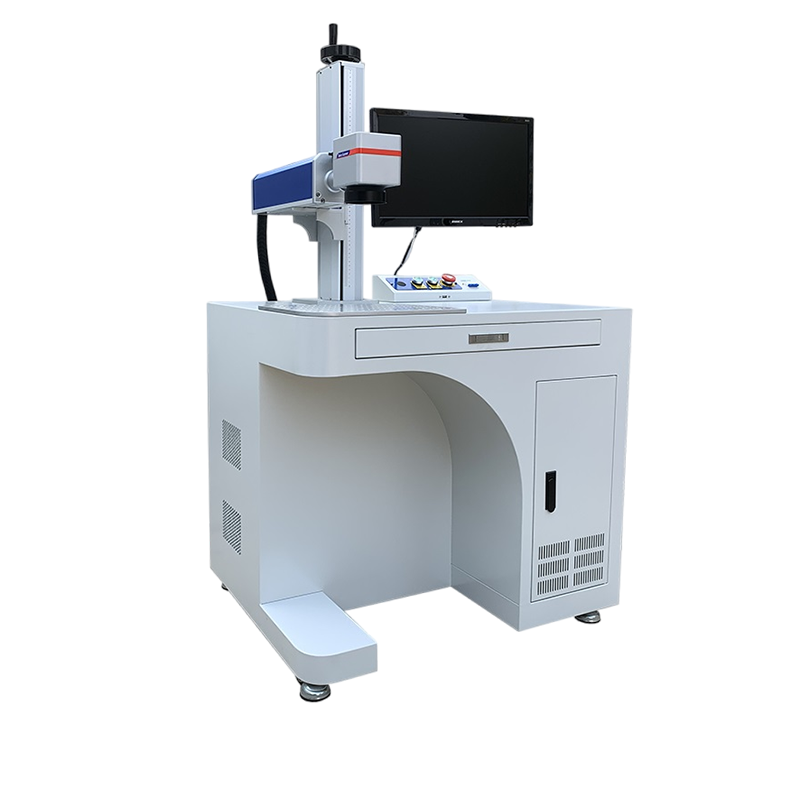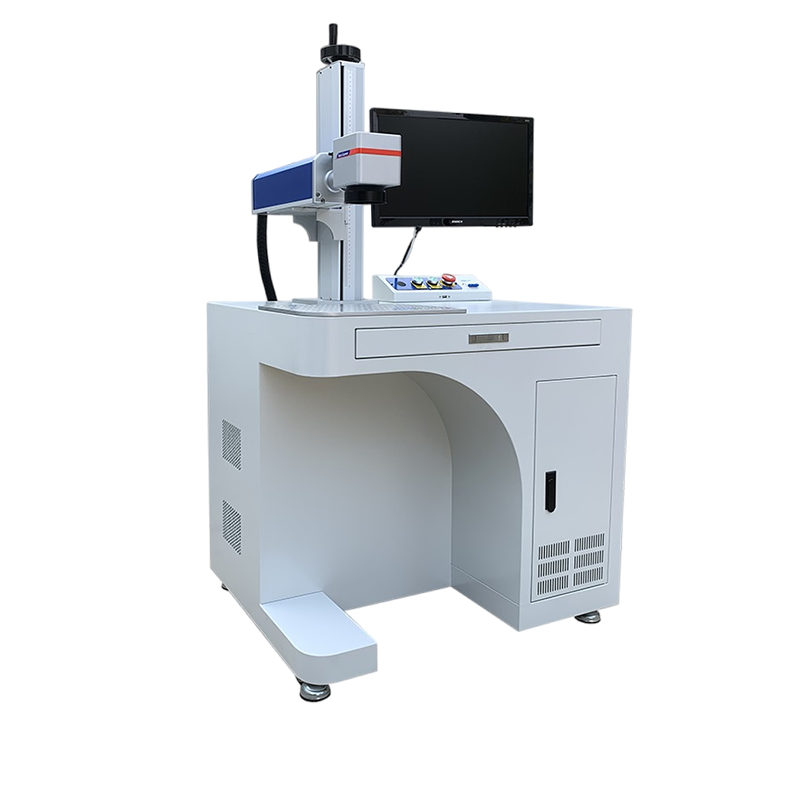- Why Fiber Lasers are Ideal for Steel Marking
- 1. Marking on Carbon Steel
- Common Marking Methods & Results:
- Key Parameters for Carbon Steel:
- 2. Marking on Stainless Steel
- Common Marking Methods & Results:
- Key Parameters for Stainless Steel:
- Comparison Table: Carbon Steel vs. Stainless Steel
- Practical Tips for Optimal Results
- Common Applications
Of course. This is an excellent application for fiber laser marking machines. They are exceptionally well-suited for marking both carbon steel and stainless steel, offering permanent, high-contrast, and high-precision marks.
Here’s a detailed breakdown of the process, results, and key considerations for marking these two materials.
Why Fiber Lasers are Ideal for Steel Marking
Fiber lasers are solid-state lasers that use an optical fiber doped with rare-earth elements (like Ytterbium) as the gain medium. Their wavelength (around 1064 nm) is highly absorbed by metals, making them incredibly efficient for this task.
Key Advantages:
Permanent Marks: The laser physically alters the surface, making the mark resistant to fading, wear, and heat.
Non-Contact Process: The laser head doesn't touch the material, eliminating tool wear and mechanical stress on the part.
High Speed & Precision: Capable of marking complex graphics, serial numbers, and 2D barcodes (like Data Matrix) very quickly and with fine detail.
Software Driven: Easily integrated with CAD/CAM software for automating serial numbers, dates, and batch codes.
Environmentally Friendly: No inks, solvents, or chemicals are required.
1. Marking on Carbon Steel
Carbon steel, with its high iron content, reacts very predictably and effectively to fiber laser light.
Common Marking Methods & Results:
Annealing (Heat Marking):
Process: The laser heats the surface to a specific temperature (below its melting point), causing an oxidation reaction. This creates a thin layer of iron oxide on the surface.
Appearance: Produces a dark black, dark grey, or sometimes reddish-brown mark. The color can be controlled by adjusting power, speed, and frequency.
Application: Ideal for high-contrast, readable marks like logos, serial numbers, and barcodes. The mark is smooth to the touch.
Engraving / Etching:
Process: The laser uses higher power to ablate (vaporize) the surface material, creating a microscopic groove.
Appearance: Creates a shallow, recessed mark. The color is typically the natural grey of the underlying metal, but it can appear darker.
Application: Used when depth is needed for wear resistance (e.g., industrial tools, parts subject to abrasion).
Foaming:
Process: The laser melts a small area of the surface, and gas bubbles form within the molten material, trapping air as it solidifies.
Appearance: Creates a light or whitish mark on darker painted or coated carbon steel.
Application: Less common for bare carbon steel, but useful for creating contrast on pre-finished surfaces.
Key Parameters for Carbon Steel:
Power: Medium to High (depending on the desired effect and depth).
Speed: Medium to Fast.
Frequency: Medium to High Frequency (20 kHz - 80 kHz) is often used for smooth annealing marks.
2. Marking on Stainless Steel
Stainless steel, with its chromium oxide layer that provides corrosion resistance, offers more variety in marking colors, especially through the annealing process.
Common Marking Methods & Results:
Annealing (Color Marking):
Gold / Bronze
Blue
Purple / Violet
Red
Green / Black
Process: This is the most versatile method for stainless steel. The laser carefully heats the surface, growing the existing oxide layer. The thickness of this oxide layer determines the color through a phenomenon called thin-film interference (similar to a soap bubble).
Appearance: Can produce a range of colors without damaging the surface or compromising corrosion resistance. The typical color sequence with increasing heat/energy is:
Application: Excellent for branding, aesthetic logos, medical instruments, and high-end consumer goods. Requires very precise control of parameters.
Engraving / Etching:
Process: Similar to carbon steel, the laser vaporizes the surface material.
Appearance: Creates a recessed, silver-grey mark. On stainless steel, this can slightly reduce corrosion resistance in the marked area as the protective layer is removed.
Application: Used for deep, durable marks like serial numbers on industrial equipment or surgical tools that undergo frequent sterilization.
Black Marking:
Process: A specific combination of high frequency and lower speed can create a rough, textured surface that traps light, resulting in a deep, durable black mark.
Appearance: A matte, pitch-black mark.
Application: High-contrast permanent identifiers like barcodes and QR codes.
Key Parameters for Stainless Steel:
Power: Low to Medium for annealing; Higher for engraving.
Speed: Slower speeds are generally needed for color development.
Frequency: High Frequency (e.g., 80 kHz - 200 kHz or more) is critical for achieving clean, vibrant colors through annealing. Lower frequencies tend to engrave.
Fill Patterns (Hatch Styles): Crucial for achieving uniform color fields.
Comparison Table: Carbon Steel vs. Stainless Steel
| Feature | Carbon Steel | Stainless Steel |
|---|---|---|
| Primary Method | Annealing (for dark marks) | Annealing (for colored marks) |
| Typical Mark Color | Black, Dark Grey | Gold, Blue, Purple, Black |
| Ease of Marking | Very Easy | Requires more parameter tuning for colors |
| Corrosion Resistance | Marked area can be more susceptible to rust. | Annealed marks preserve corrosion resistance. Engraved marks may reduce it. |
| Key Parameter | Power, Speed | Frequency, Speed, Power |
Practical Tips for Optimal Results
Surface Preparation: The mark quality is highly dependent on the surface condition. Oily, dirty, or heavily oxidized surfaces will produce inconsistent results. Clean the parts before marking.
Parameter Testing: Always start with a parameter test grid. Manufacturers provide starting parameters, but fine-tuning is essential for your specific machine and material batch.
Use Assist Gases (Optional): For deep engraving, using compressed air or nitrogen can help clear debris from the marking area, resulting in a cleaner mark and protecting the lens.
Focus: Ensure the laser is perfectly focused on the material surface. A defocused beam can be used intentionally for annealing larger areas.
Software: Learn to use the "Power Scaling" and "Speed Scaling" functions in your marking software to create smooth gradients and high-quality fills.
Common Applications
Carbon Steel: Automotive parts (VIN numbers, engine components), tools, construction materials, industrial machinery parts.
Stainless Steel: Medical devices and surgical tools, kitchenware, architectural panels, electronic enclosures, chemical equipment, and jewelry.
In summary, a fiber laser marking machine is a perfect tool for permanently marking both carbon and stainless steel. By understanding the different marking mechanisms (annealing vs. engraving) and carefully controlling the laser parameters, you can achieve a wide range of highly durable, high-contrast, and aesthetically pleasing marks.

